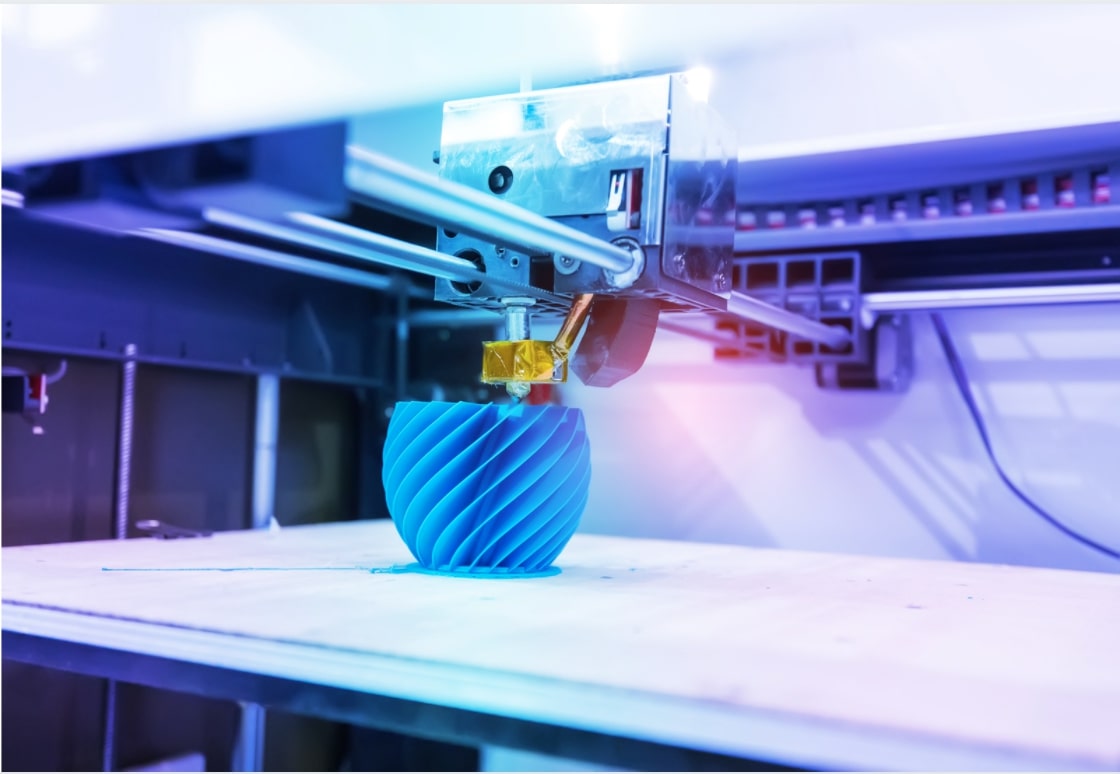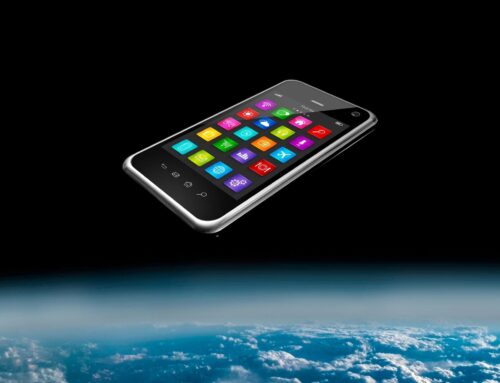Making the modern space economy a reality relies on many factors. Chief among them is the ability to manufacture technology in space. 3D printing provides the ability to perform in-space manufacturing (ISM) and serves sustainable, flexible missions. On-demand fabrication, repair and recycling for critical space tech systems, habitats and logistics. It saves money and reduces the risk of system errors thanks to a decreased dependence on spares and over-designed systems.
In-space manufacturing has developed these improved capabilities by taking advantage of new technologies developed on Earth and adapted for operations in space. The International Space Station (ISS) serves as a prime testing ground for ISM technology and development. ISM uses an integrated task portfolio that culminates in developing manufacturing and recycling systems and processes that will enable the creation of a diverse range of products.
The ISM project is led by NASA’s Space Technology Mission Directorate Game Changing Development Office, with Marshall Space Flight Center as the lead. The current goal is to design space systems that allow for logistics models that are independent of Earth production. ISM establishes a sustainable, affordable, pioneering approach to space exploration since the present ORU model doesn’t address on-demand fabrication nor recycling, which results in high mass maintenance requirements and mass waste. Learn some of the ISM’s components and how it addresses major logistic challenges in long-duration space missions by reducing mass and enabling innovative capabilities crucial for success.
3D Printing in Zero-G Technology
The 3D Printing in Zero-G ISS technology was the first time that Additive Manufacturing (3D Printing) was performed in space, performed under a Small Business Innovative Research (SBIR) with Made In Space, Inc. (MIS). The first set of samples were printed using Fused Deposition Modeling of polymers.
The Phase I Results from the NASA Technical Reports Server (NTRS), found no significant impact of microgravity on the fused modeling process. More parts were later successfully created on ISS in July 2016. The Phase II Results, also published on NTRS, further validated these findings.
Additive Manufacturing Facility
The Additive Manufacturing Facility (AMF) was established in April 2016 and provided commercial 3D printing abilities to clients of the ISS National Laboratory and the Center for the Advancement of Science in Space (CASIS). The facility also manufactures NASA parts via an Indefinite Delivery/Indefinite Quantity contract.
Multi-Material Fabrication Laboratory (FabLab)
The FabLab project enhances the 3D printing experience, including the commercial development of several additive manufacturing technologies. The project seeks to extend the Station’s on-demand printing capabilities by increasing the amount of printable materials available while improving manufacturing efficiency. The FabLab payload’s purpose is to complete manufacturing processes using various materials, including metals and the ability to 3D print with metals.
The FabLab undergoes three phases. The goal of Phase A is to demonstrate scalable ground-based prototypes designed to be compatible and capable of remote operation from Earth. Phase B’s objective is to develop the technology for flight qualification. Phase C focuses on an ISS technology demonstration to prove the printing method during consistent microgravity, define the borders necessary for optimized printing in space. It also fully characterizes the printed material, and fabricates functional components for the ISS. The FabLab demonstrations on the ISS seek to lead future manufacturing systems for deep space habitats and transit vehicles, especially for trips to the moon, Mars and beyond.
In-Space Recycling and Reuse Technology
The ISS Refabricator Technology Demonstration was the next ISM technology built on the ISS. The “Refabricator” consists of an integrated 3D Printer and Recycler that uses a closed-loop process and recycles plastic materials into materials for 3D space printing aboard the ISS.
This Refabricator demonstration is a purposeful step toward a legitimate closed-loop system. It will harness the power to turn waste and extra plastic from previously 3D printed parts into high-quality filament to create new tools and materials. The demonstration will use control plastic recycled multiple times to create parts that will be tested for quality back on Earth. The Refabricator was launched to the ISS in November 2018 and demonstrated the next year.
As for now, more companies are expected to become increasingly involved in the in-space 3D printing boom. Relativity Space said in June it plans a major expansion of its operations and manufacturing with a space factory to boost production of its Terran rocket line. As the space economy becomes more of a reality, we will see 3D printing soar to new heights in support of sustaining research, travel and development in space exploration.






